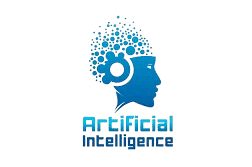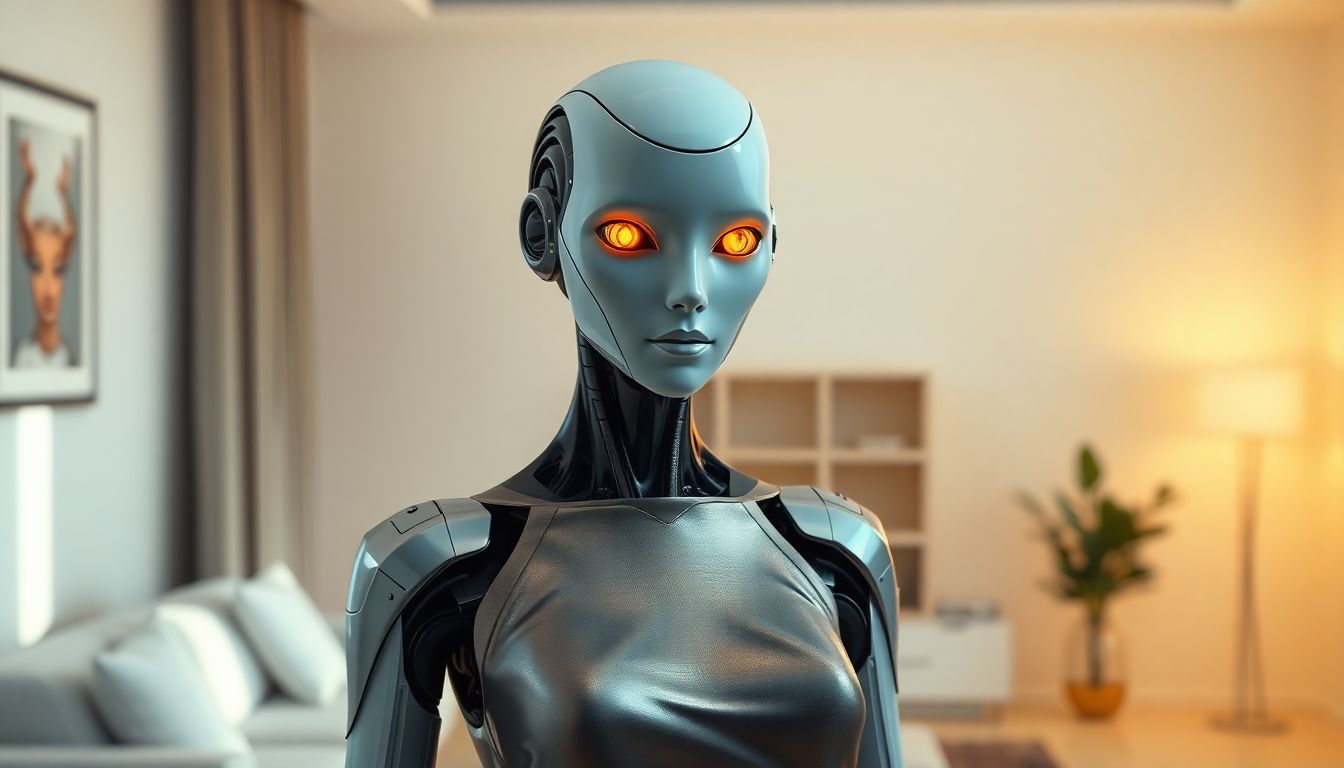Imagine a movie set where robots do all the work. From operating cameras to reciting lines, they do it all. That might sound like science fiction, right? But AI movie robots are no longer science fiction. This article explores the use of AI in filmmaking. Are they helpful tools or something we should fear? We’ll dig into what they can do, the problems they create, and the ethical considerations in play.
Artificial Intelligence (AI) has taken various industries by storm, but none showcases its vast potential like the entertainment industry.
AI in Filmmaking
AI is already transforming movie-making. It’s applied in scriptwriting, visual effects, and even the editing process. Here are some examples of how AI helps with film production.
Scriptwriting and Storyboarding Powered by AI
Coming up with new story ideas is no easy task. AI tools can help with this. Software can outline stories and help revise scripts. Some programs can even auto-generate storyboards. These tools provide novel ways to begin the creative process. Existing AI scriptwriting tools aid writers in overcoming blockages, leading to faster writing.
Machine Learning & AI in VFX & Animation
Visual effects processes are simplified with AI, resulting in better animation. AI tools render scenes, merge elements, and build digital sets. This tech creates ultra-realistic environments effortlessly. AI improves VFX quality and saves time.
Editing and Post-Production with the Help of AI
Editing and post-production involve countless steps. AI assists with automating tedious tasks such as editing scenes and color correction. It even helps with sound design. AI-enabled editing software speeds up the editing process, allowing editors to focus on the artistic side of movie-making.
Advantages of AI Movie Robots
The benefits of robotics in film production are numerous. Let’s explore these advantages and what they offer to the film-making world.
Improved Efficiency and Cost Savings
Robots are capable of repetitive tasks, lowering labor expenses and accelerating production. Projects are completed faster through the automation of processes. Robots save money and increase efficiency, which can be a huge advantage for independent filmmakers.
Superior Precision and Control
Robots are exact in their movements. They can repeat the same behavior precisely, ensuring cameras never miss a shot. Robotic arms allow for complex camera moves, introducing new creative avenues.
New Creative Possibilities
Robots allow filmmakers to attempt impossible shots. They can move in ways humans cannot and interact with actors in unique ways. These opportunities expand the visual possibilities of storytelling.
Challenges and Limitations of AI Movie Robots
AI movie robots are promising but come with challenges. Let’s look at the constraints and what filmmakers encounter.
Unreliability due to Technical Limitations
Robots may lack dexterity and struggle to respond to the unexpected. They can break down on set, causing delays. Current tech isn’t perfect, though improvements are happening. Unexpected events can disrupt everything.
Absence of Human Creativity and Emotion
Human creativity is difficult to replicate. AI lacks intuition and emotional expression. Artistry generated by AI can seem stilted. The human touch remains essential in filmmaking.
Expense of Development and Execution
Developing robots for movies is expensive. They’re also costly to deploy, making them unaffordable for many productions. This tech might only be accessible to big studios, putting others at a disadvantage.
Ethical Considerations and the Future of Film Crews
The use of AI in film raises ethical dilemmas. How will this affect film crews? What does this mean for the artistry of films?
Impact on Film Crews
Workers could be replaced by AI. Camera operators, actors, and others could lose work. This change could significantly impact the film industry. We must consider the human cost of automation.
Authenticity and Artistry in Filmmaking
Does the use of AI rob films of their authenticity? This is up for discussion. Some appreciate the human factor in filmmaking, while others view AI as a tool to enhance art rather than replace it.
Safety Issues and External Regulations
Robots on film sets can pose safety hazards. When not handled properly, they can cause accidents. Regulations are necessary for protection, and as the tech evolves, safety measures must also evolve.
Real-World Examples of AI and Robots in Films
AI and robots are already employed in film production. Let’s look at some examples.
Case Study 1: AI in Pre-Visualization
“The Lion King” (2019) applied AI during pre-visualization. Location scouts and filmmakers virtually explored locations in Africa. AI was also used to create realistic environments, allowing the director to plan shots in advance.
Case Study 2: Robotic Camera Systems
“Gravity” (2013) employed robotic camera systems. These systems made accurate, repeatable shots possible, which would have been impossible with human operators. The robots assisted in rendering the breathtaking visuals of the film.
Key Takeaways for Filmmakers Considering AI
Want to experiment with AI? Here are some key takeaways.
Start Small and Experiment
Begin with simple AI tools. Understand what they can do and see how they integrate with your workflow. Don’t attempt to change everything at once.
Emphasize Collaboration, Not Replacement
Use AI to assist people rather than replacing them. AI can enhance creativity but cannot fully replicate it. Strike a balance to achieve the best outcome.
Stay Updated on AI Developments
AI changes quickly. Stay updated on new technologies and practices. Attend trainings and subscribe to industry blogs to stay informed.
Conclusion
AI movie robots offer promise and challenges. They could improve the efficiency and creativity of filmmaking but also pose ethical questions. The film industry must think seriously about these issues. The future of filmmaking in an AI age depends on it.

